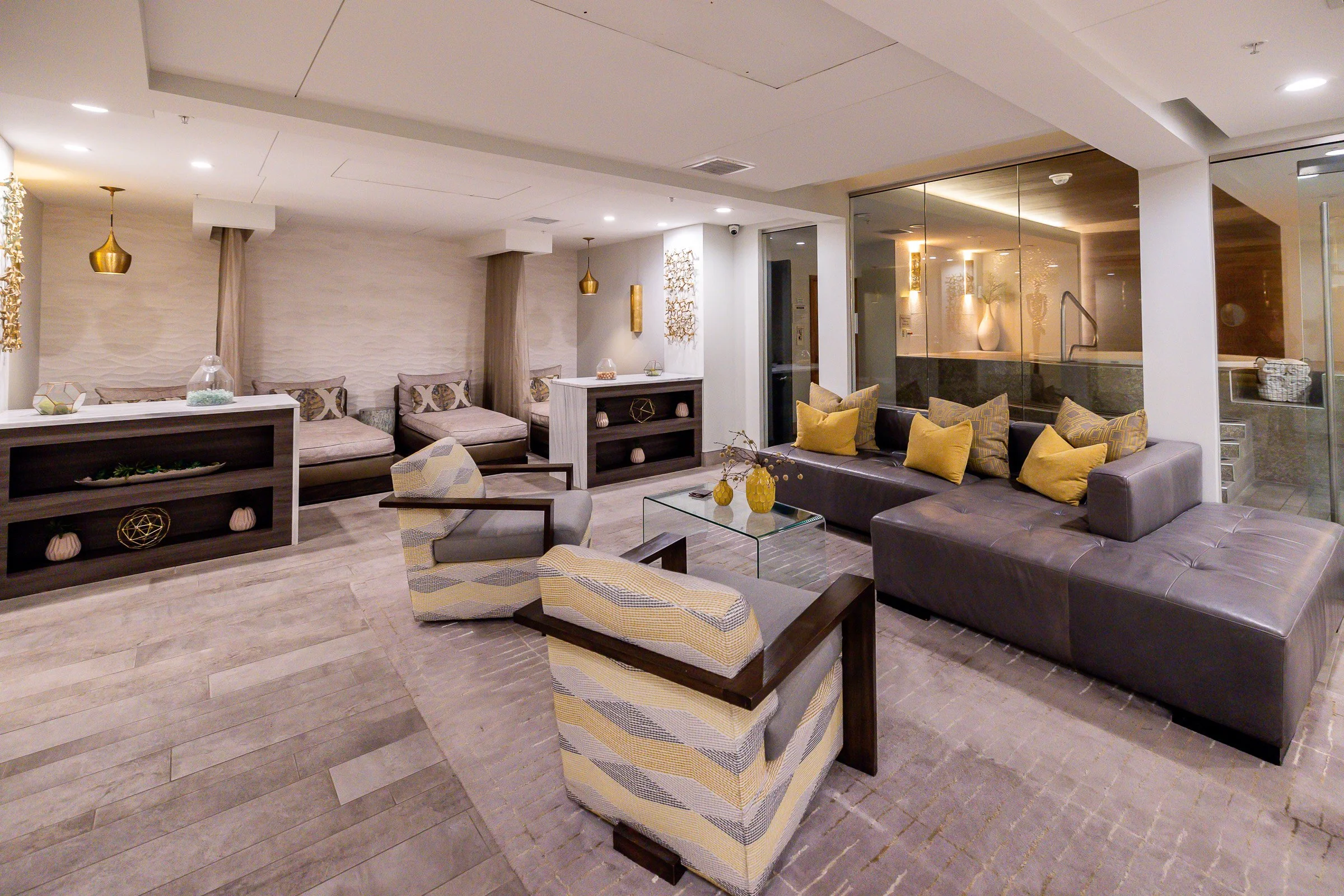The Kansas City Power and Light Building
The Kansas City Power & Light Building stands as one of Kansas City's most prominent landmarks. Completed in 1931, the 34-story skyscraper has been a symbol of progress, innovation, and the city's thriving energy industry.
Built during the Great Depression, it was intended to boost employment in the area while serving as the headquarters of the Kansas City Power & Light Company. Its iconic Art Deco design, crowned with an illuminated lantern, has made it an integral part of Kansas City's skyline and history.
Historical Significance
Courtesy: Missouri Valley Special Collections, Kansas City Public Library, Kansas City, MO
Constructed under the guidance of Joseph Franklin Porter, the president of Kansas City Power & Light Company, the building was designed by the local architectural firm Hoit, Price, and Barnes. The building was an architectural statement aimed at symbolizing Kansas City's growing stature in the power and energy industries.
At the time of its completion, the Kansas City Power & Light Building was the tallest building west of the Mississippi River until the Space Needle was built in 1962.
Courtesy: Missouri Valley Special Collections, Kansas City Public Library, Kansas City, MO
The building played a key role in centralizing the company’s operations, bringing together various departments that were once scattered across different locations in Kansas City. Even as the economy struggled during the Great Depression, the construction of this building offered hope, employment, and a sense of forward momentum. It remained the tallest building in Missouri until 1976 and housed the Kansas City Power & Light Company until 1991.
Courtesy: Missouri Valley Special Collections, Kansas City Public Library, Kansas City, MO
In 2014, after a period of vacancy, the building underwent significant renovations. NorthPoint Development transformed the skyscraper into a luxury apartment complex, blending modern living spaces with historic architecture.
The restoration preserved many of the building’s iconic Art Deco elements, including the famous lantern that continues to light up the night sky.
Architectural Details
The building’s exterior is dominated by clean, vertical lines, accentuated by its distinctive stepped-back design. This style is typical of skyscrapers built during the Art Deco period, as it emphasizes the building's height and creates a striking silhouette against the skyline. The setbacks occur at multiple levels, gradually reducing the building’s footprint as it rises, culminating in the iconic lantern at the top.
The lantern itself is a 21-foot-tall spire, originally designed to glow with red and orange lights, creating a "flame-like" effect. Today, it is lit with rotating LED lights that continue to captivate onlookers.
The building's exterior is clad in Indiana limestone, a material chosen for its durability and elegant appearance. At street level, the base of the building is faced with granite, adding to the structure’s sense of solidity and permanence. Decorative elements, such as terracotta panels and cast iron canopies, further enhance the building’s aesthetic appeal.
The terracotta panels, located between the second and third floors, feature elaborate sunburst motifs, symbolizing the power of light and energy—fitting imagery for the headquarters of an electric company. These motifs are repeated in various forms throughout the building, reinforcing the theme of energy and progress.
The entrances on the east and south sides of the building are equally impressive, framed by towering arches and intricate metalwork. Above the main entrance on the east facade, a large sunburst design in terracotta draws the eye upward, further emphasizing the verticality of the structure.
Interior Features
The lobby of the Kansas City Power & Light Building is an Art Deco masterpiece. Upon entering, visitors are greeted by a space adorned with marble and granite floors, plaster ceilings, and custom metalwork. The lobby's design features geometric patterns and bold lines, consistent with the Art Deco style.
Brass elevator doors are intricately engraved with images depicting the four main modes of transportation that helped shape Kansas City—railroads, streetcars, automobiles, and airplanes. These doors, along with the ornate light fixtures and custom doorknob plates, highlight the attention to detail that went into the building’s construction.
The lobby also features radiator grills and water fountains designed in the sunburst motif, echoing the theme of light and energy seen throughout the building. Even the tile floors incorporate variations of the sunburst design, reinforcing the building's thematic unity.
The building’s auditorium, located on the fourth and fifth floors, was large enough to seat 1,000 people and was used for public demonstrations of electrical products and company gatherings. The auditorium, like the rest of the building, was adorned with Art Deco detailing, including decorative plasterwork and metal railings.
Lantern and Lighting Features
Perhaps the most iconic feature of the Kansas City Power & Light Building is its 21-foot-tall lantern. Located atop the building, the lantern was originally lit with red and orange floodlights, creating a fiery glow that could be seen from miles away. The lantern's design features prismatic glass panels that diffuse the light, adding to the building's visual impact.
Today, the building’s lighting has been updated with LED technology, allowing for a wider range of colors and effects.
Legacy and Transformation
Over the decades, the Kansas City Power & Light Building has remained an architectural and cultural icon. It was added to the National Register of Historic Places in 2002, recognizing its significance as an example of Art Deco design and its role in Kansas City's industrial history.
In 2014, the building underwent a $70 million renovation, transforming it into Power & Light Apartments. The renovation preserved many of the building’s historical elements while adding modern amenities such as a 500-stall parking garage and luxury living spaces. The lantern, once a symbol of Kansas City’s energy industry, was transformed into a lounge for residents, offering a stunning view of the city.
Today, the Kansas City Power & Light Building continues to stand as a symbol of innovation, resilience, and the architectural beauty of Kansas City. Its glowing lantern still lights up the skyline, reminding residents and visitors of the city’s rich history and its bright future.




































